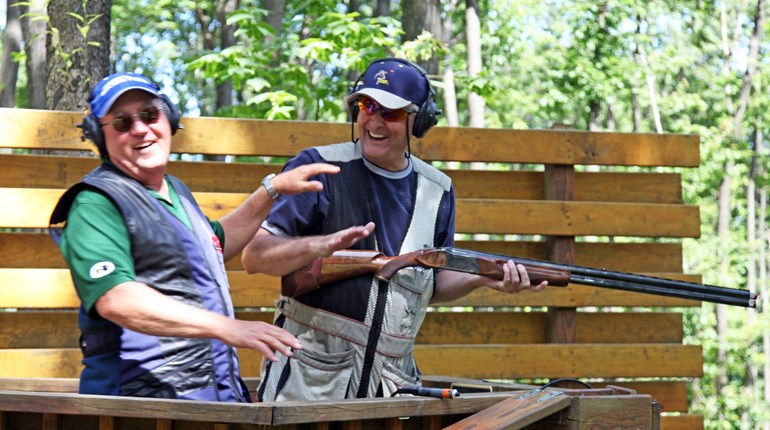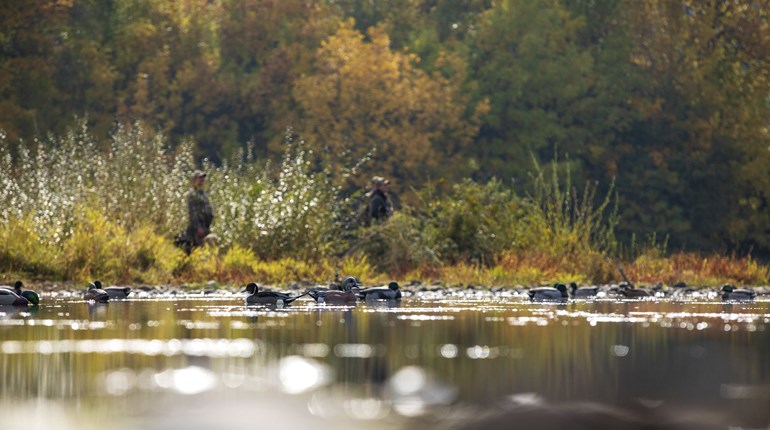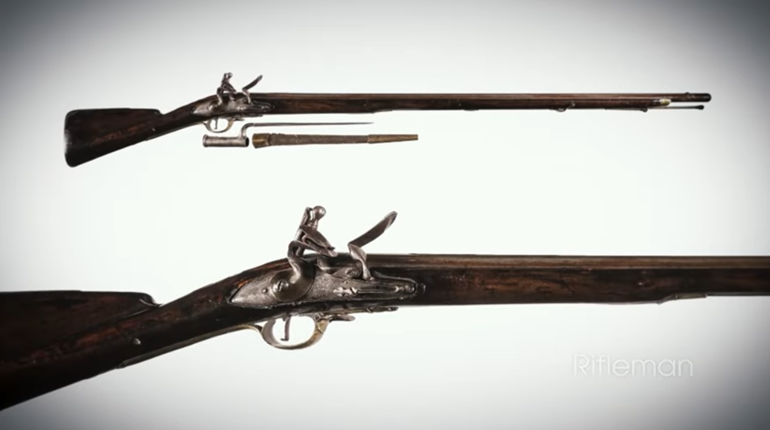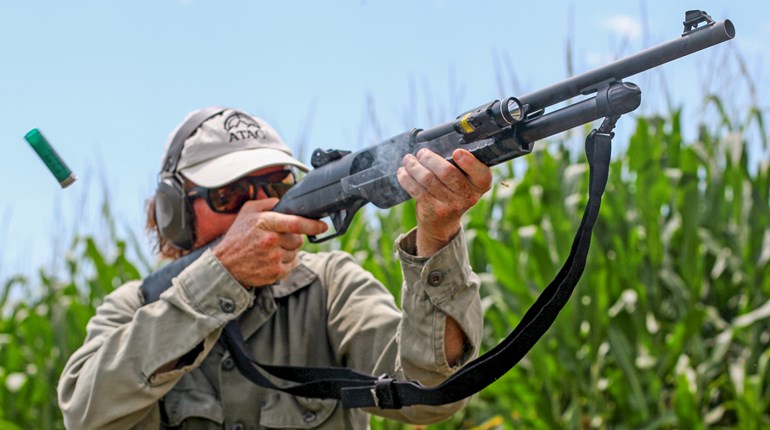
As humans, we all have limitations! The good news is that some of the toughest limitations we have when it comes to long-range shooting and ethical hunting are mental, and can be overcome with time and practice. To do that, here is my check list, one an old hunting mentor introduced to me when around 16 years old. Yet after all those years, these principles are still viable, giving me a mental guide I continue to utilize with the help of today’s technology.
Know Your Cartridge
This is so critical to taking an accurate shot. When we are still in the planning stages of our hunt, the cartridge we select depends on the following:
First, it needs to meet our criteria as to velocity/energy preferred at various ranges. In the old days, to have an idea of how a cartridge would perform, we used reference statistics from ammo brochures or loading manuals…but today, technology is quick and easy to use. We have access to the personal chronograph along with ammo and bullet companies’ web sites with their excellent ballistic programs (not to mention all those great apps). With that information, I can make my choice effectively—for example, I would not grab my .45-70 if the expected shots will be over, say, 200-300 yards. Instead, I would select a flatter-shooting cartridge, such as a .270 Winchester with the proper bullet matched to the weight of the animal I will hunt.
Have an Idea of Your Effective Range
Here is where shooting from a bench with a solid rest is required. Many gun clubs have ranges setup at 50, 100, 200 and some even at 300 yards (which is ideal). As an example, once I have zeroed my rifle at 100 yards, I then put out large targets at the various ranges and shoot groups again. With drop tables established from such actual shooting, I then tape that data to my firearm’s scope for rapid access.
Know the Range
To do this, 50-some years ago I would go to a football field, stand at one goal post and look at the other, then fix that distance in my mind—that is 100 yards. This rough estimate worked for me when hunting groundhogs, but what can throw this system off is terrain. When hunting the continent later in life, I found that hills, flat surfaces, valleys, brush and trees presented some doubt. Accurate judging had become a little more difficult which also could have a little to do with aging. Then years later, technology for the shooter greatly expanded and rangefinders became available at reasonable costs. These little wonders are rapid to use and accurate! They also help with shot confidence…and therefore less anxiety on the part of the shooter.
End Your Practice With a Target That Looks Like Your Game
Hitting a circle “out there” is easier than looking at an animal, determining its vital areas as where a bullet should strike, and adjusting your hold so to do that. When we’re shooting at an animal, our first thought should be to visualize the animal’s anatomy and vital area, then aim while adjusting for bullet drop so to hit in the vicinity of the vital organ. By doing this on a paper target that’s marked with a vital area, we gain confidence about where we need to place that projectile to ethically take that animal, and where to hold to do it.
Personal Limitations
Know thy self! You health and endurance capabilities will dictate the following: In what terrain can you effectively hunt? Under what temperatures are you comfortable, and what style of hunting will be best for you? Why this is important is that if it is rough going, just walking puts a strain on your body. Now add cold weather and shivering and that strain is increased. With these factors coming into play, you get winded easier and now, holding a rifle steady, even with a rest becomes a challenge. The result can be wounded game!
Do Not Overlook Adrenalin Affects
Keeping a steady hold from a standing position can be a tall order on a good day; now add to that the physical effects of having your adrenal glands kick in! Excitement can make us shaky, which is not helpful. Yet if we’re aware of what can happen due to various factors, many times we can learn to function well under such a situation and control emotions until that trigger is squeezed.
Practice, Don’t Overthink
From my decades of experience and those of my friends and family, I’ve come to feel that having too much time to get it all right can contribute to a miss. That is why practice as suggested will keep us sharp and with that, what we need to do becomes automatic and effective in proper bullet placement. Safe Hunting!







































